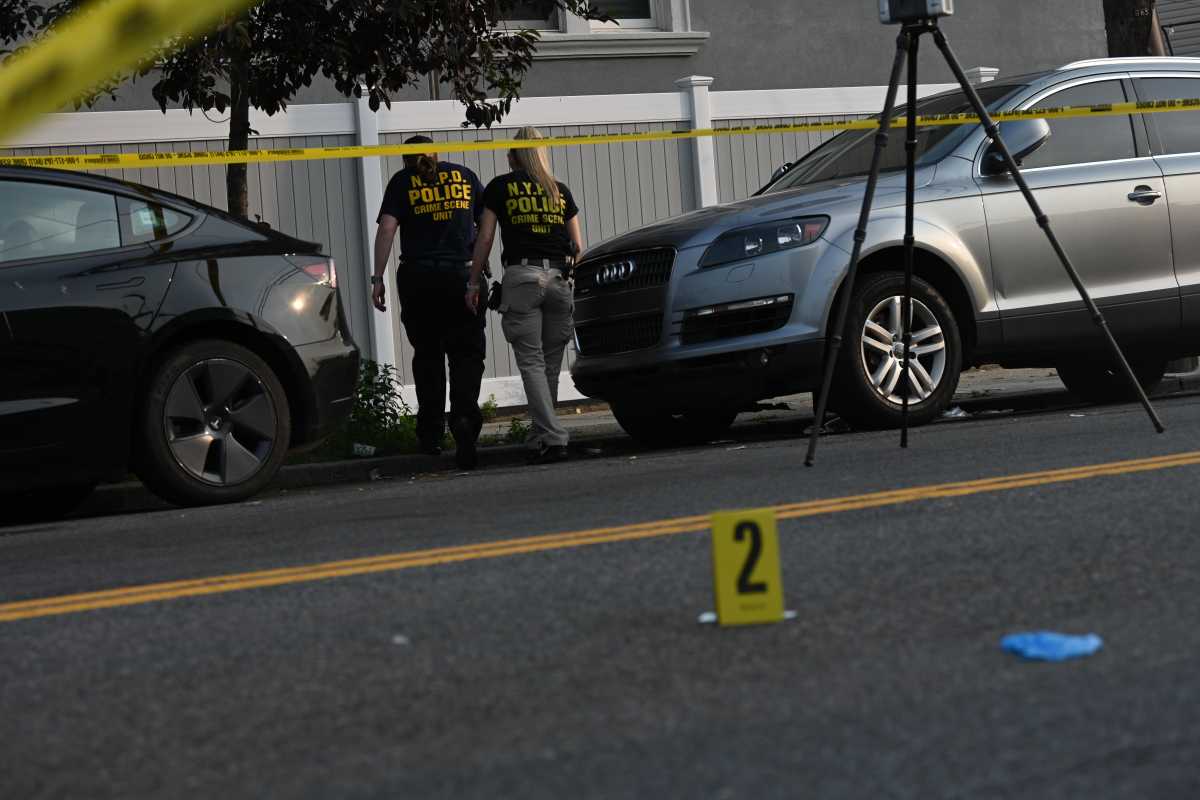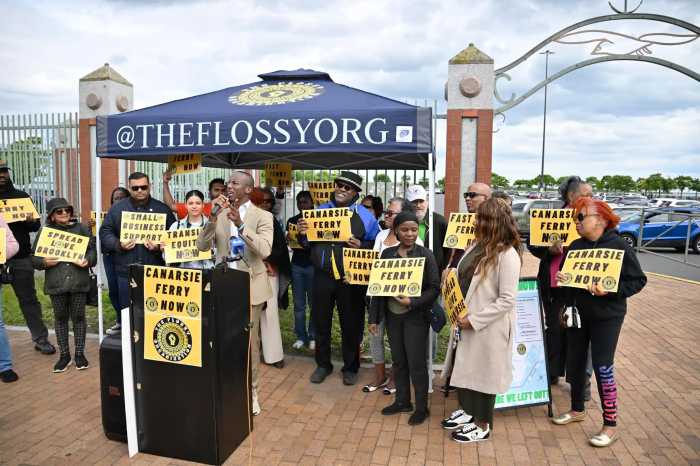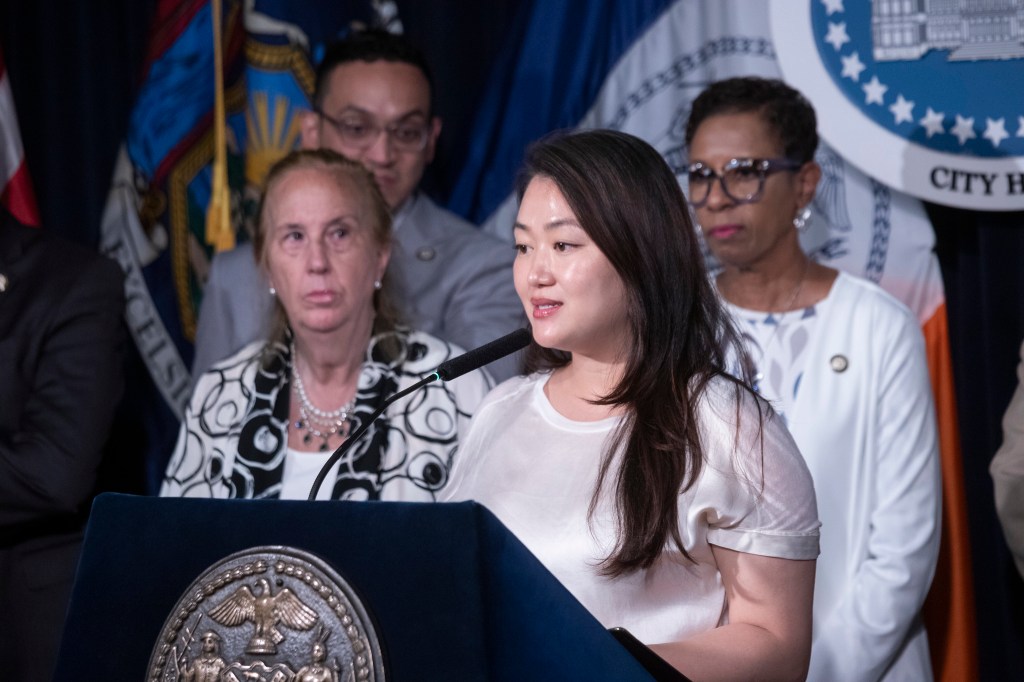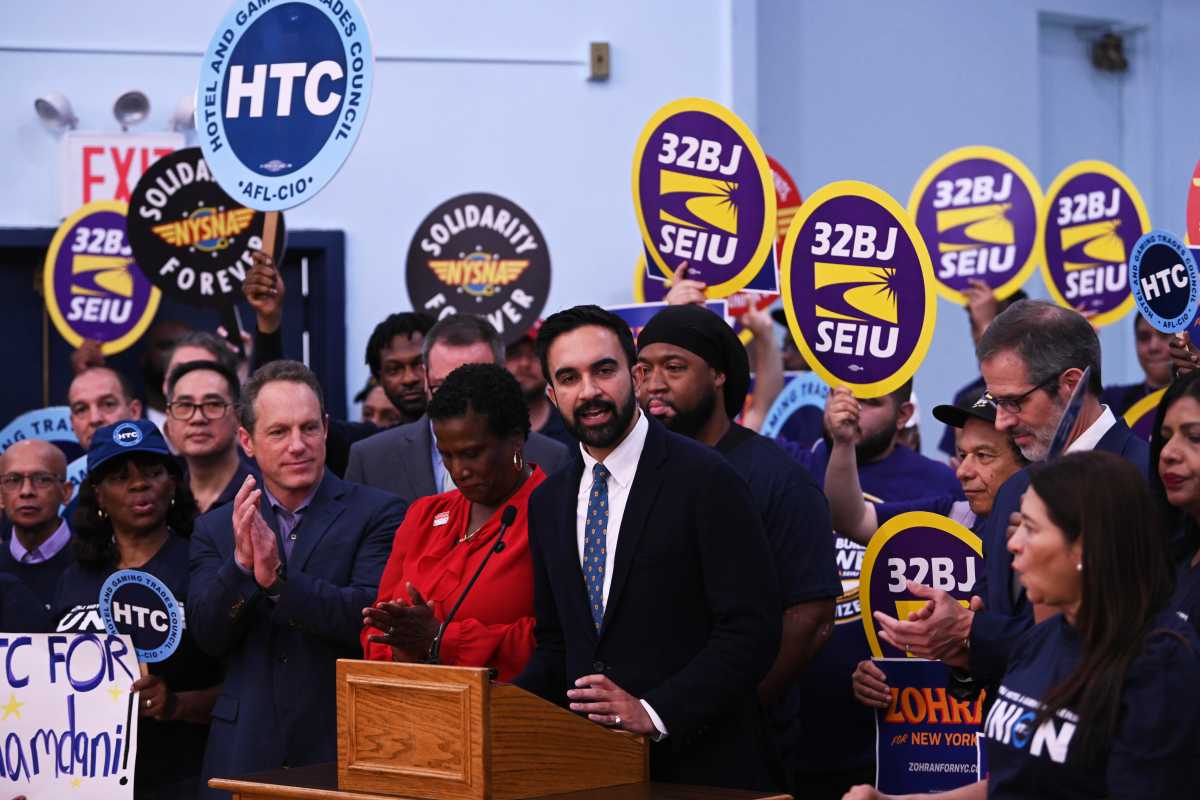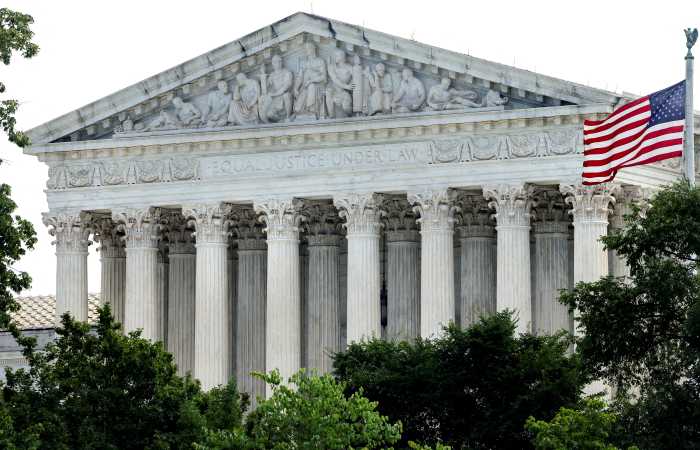Wall Street’s pain is beginning to pinch Brooklyn, as home prices in the borough fell 5.6 in the third quarter, a recent study revealed.
The median sales price of a residential property stumbled to $510,000 from $540,000 last year, according to the report, issued by broker Prudential Douglas Elliman Real Estate and Miller Samuel Inc., a Manhattan-based appraiser.
There was a 4.5 percent decline in the condo median sales price to $505,493 borough-wide over the same period, according to the report, released October 16. Co-ops showed little change in median sales price, for the same period.
The median sales price of 1-3 family properties declined 3.2 percent to $600,000, and luxury properties were consistent with the overall market, sliding 3.4 percent to $1.21 million, the report notes.
The one bright spot in the market was in north Brooklyn, the only region to show an increase in home values, the report states. The area, which includes Williamsburg and Greenpoint, saw a median sales price of $641,497, 6.9 percent higher that the median sales price for the same period last year.
“Much of this increase was attributable to condo sales added to the housing stock in Williamsburg and Greenpoint, which comprised 83.2 percent of all sales in north Brooklyn,” according to the report.
“The big question mark is the resolution of the credit problem,” said Jonathan Miller, president of Miller Samuel. “Markets across the country are being affected by the constraint of credit, the higher cost of mortgages and tighter underwriting by banks.”
“So it really is a cart before the horse scenario to talk about the direction of the real estate market before this is resolved,” he continued.
“I think we are talking about a matter of years—not months,” Miller said.
Over the last five years, Wall Street has seen record compensations, which had a direct impact on the real estate market in Manhattan, Brooklyn and Queens, in that order, Miller noted.
But this unbridled enthusiasm has since been tempered by sobering economic reality.
In the southern portion of the borough, sales slipped 5.2 percent from $490,250 to $465,000. In the study, this area includes a broad swath of neighborhoods, including Bay Ridge, Bensonhurst, Canarsie, Midwood, Sheepshead Bay, Flatbush, Mill Basin, Dyker Heights, Marine Park, Borough Park and Coney Island.
In this large section of Brooklyn, condos were down 6.4 percent, co-ops were down 2.4 percent.
There was a glimmer of good news, the study shows, as one to three family homes were up slightly, at 1.8 percent.
The southern region is the largest section of the borough, comprising 53.9 percent of all sales in the quarter with 1,238 units.
Median sales price in northwest Brooklyn, which in the report, includes neighborhoods like Boerum Hill, Brooklyn Heights, Carroll Gardens, Red Hook, Park Slope, Gowanus and surrounding areas, fell 3.9 percent below the same period last year. The median sale price was $658,250 for this quarter, compared to $685,000 last year.
“What you are seeing in Brownstone Brooklyn,” Miller said, “is a lower level of activity, but prices continuing to rise.”
In these prestigious neighborhoods, the drop in activity and rise in prices is attributable to the contraction of inventory of that type of housing stock, coupled with the weak credit environment, he noted.
The eastern section of Brooklyn saw the greatest plunge. Neighborhoods like Bedford Stuyvesant and East Brooklyn saw home prices decline 20.3 percent, from $554,000 to $441,400.
Although the number of sales was 13.1 percent than the prior quarter, the number of sales was significantly lower than the same period in the prior year, 2,298 compared to 2,031. Sales in the current quarter were 38.2 percent below the prior year quarter total of 3,718, which was the peak sales quarter for 2007, the study shows.
“The sharp decline in activity is attributable to a more restrictive lending environment and a weakening economy as compared to the surge in sales activity experienced in 2007,” the report states.
As financing dries up, Miller said, one can expect to see new housing stock to “essentially end by 2009.”
“It doesn’t look like a year from now you will be seeing much in the way of new buildings entering the market,” he added.
“There is a lot of product that has been planned, but it is really questionable whether many projects assumed to be built will even happen,” Miller said.
Still, Borough President Marty Markowitz remains bullish on Brooklyn.
“Though the real estate boom has certainly slowed, Brooklyn has not yet experienced the level of mortgage foreclosures, office vacancies, and drops in home prices that areas outside New York City are facing,” he said. “Brooklyn’s housing stock remains diverse and provides something for everyone—including residents for whom renting is the most affordable option.”



